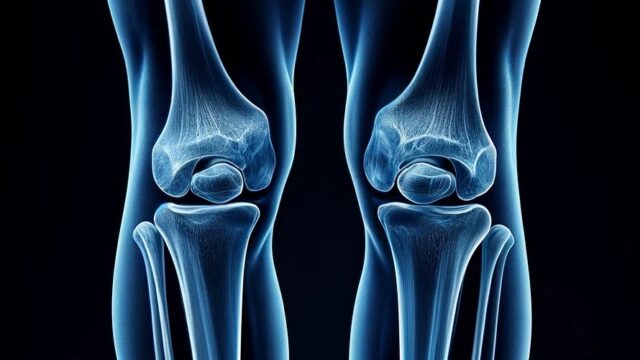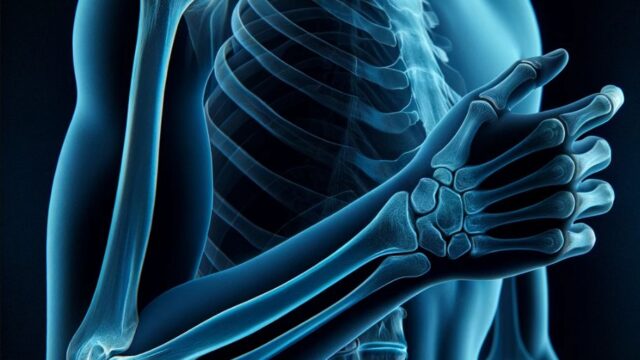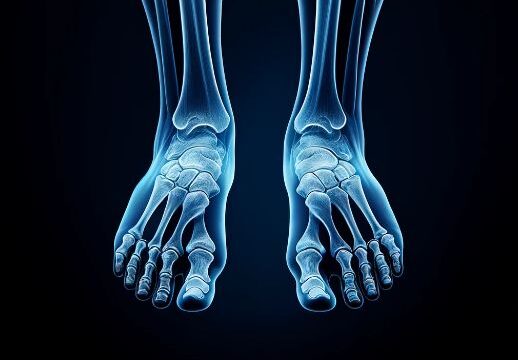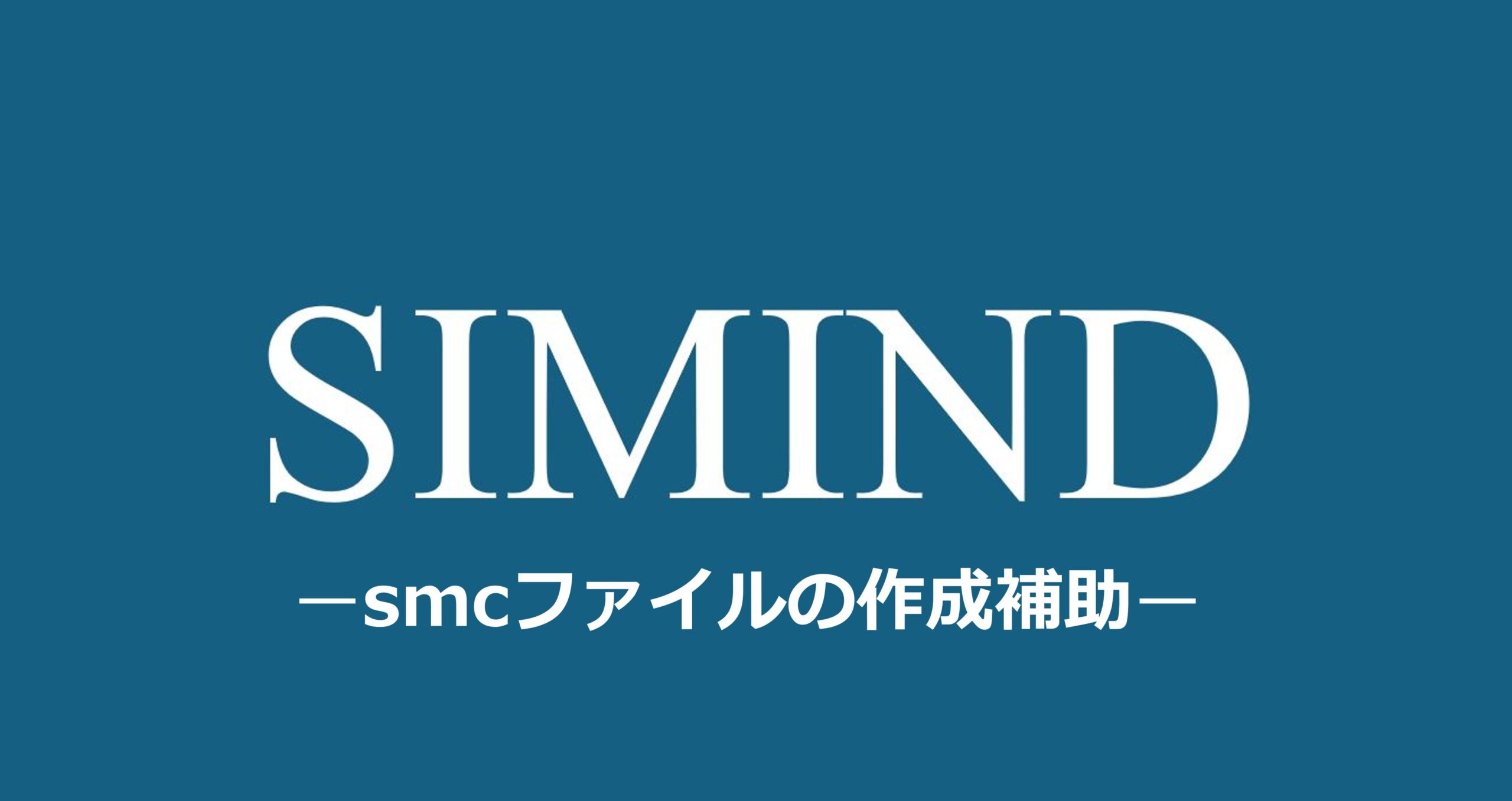Purpose
Observation of the sacrum. Presence of fractures, dislocations, and arthritis.
Prior confirmation
Confirm whether the patient is to be radiographed in the back or prone position.
Drain the urine which can be obstacles. Intestinal gas and feces may be obstructive.
Check the angle of the sacral curvature on the lateral view.
Remove any obstacles.
Positioning
Align the mid-sagittal plane with the cassette central axis.
Equalize the distance between both anterior superior iliac spines (ASIS) and the cassette to avoid pelvic tilt.
In the supine position, place pillows under the knees so that the patient is in a comfortable position.
CR, distance, field size
CR : Oblique incidence in the caudal direction (male: 10-15°, female: 10-25°, or consider the angle by looking at the lateral view) at a height 5 cm headward from the pubic symphysis in the mid-sagittal plane.
If the patient is in the prone position, the X-rays are obliquely incident in the caudo-cranial direction.
Distance : 100cm
Field size : The upper margin should be narrowed to the level of the iliac crest and the lower margin to the level of the greater trochanter. Each side should be narrowed to inside of the anterior superior iliac spine.
Exposure condition
70 kV / 25 mAs
Grid (+). Lead plate stripe are parallel to the cephalocaudal direction because of oblique incidence.
Suspend respiration.
Image, check-point
Normal (Radiopaedia)
The pubic symphysis and sacral foramen should not overlap.
The pelvis should project symmetrically without torsion.
The median sacral crest, sacral foramen, and ala of sacrum should be observable.
The sacroiliac joint should be widely observed when the patient is photographed in the prone position.
Videos
Related materials














